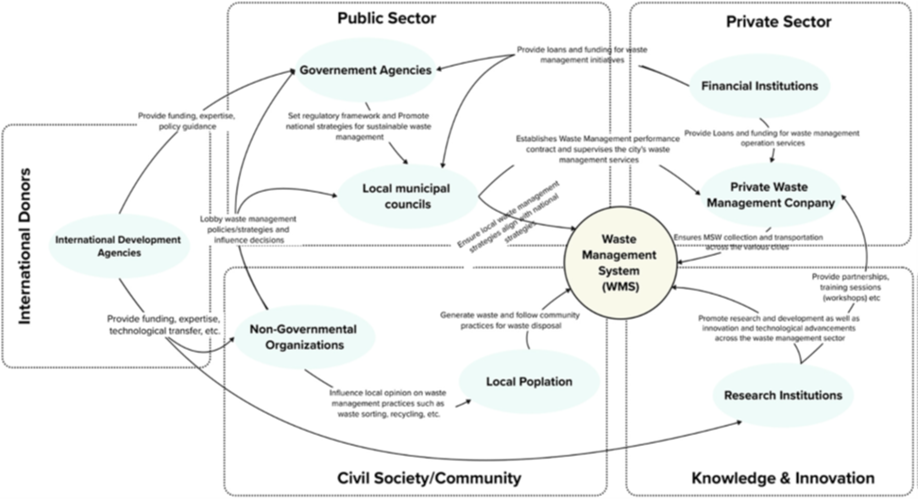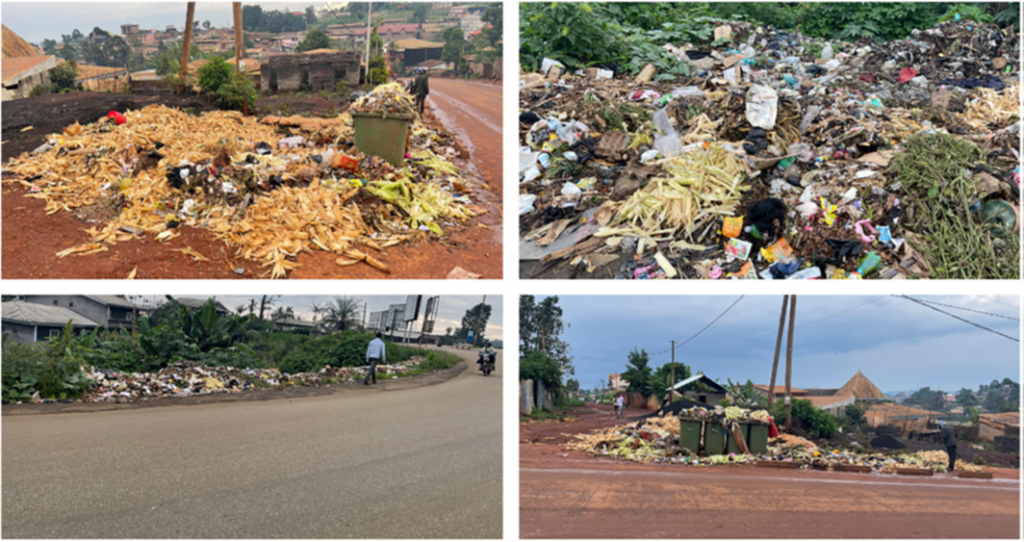Why Waste-to-Energy Utilization Isn’t Taking Off in sub-Saharan Africa: New Study Sheds light on the governance, with a focus on Cameroon
Systemic challenges—from weak regulations to limited investment—are stalling progress on waste-driven power generation.
News Highlights
● Examines challenges to waste-to-energy adoption in the Global South, focusing on Cameroon.
● Identifies key barriers, including financial uncertainty and weak policy and institutional support.
● Finds that short-term solutions hinder sustainable waste management progress.
● Emphasizes the urgent need for a paradigm shift toward integrated, multi-level strategies to advance circular economy transitions.
Outline
A research group led by Assistant Professor Longfor of the Graduate School of Global Environmental Studies at Sophia University, together with Professor Xuepeng Qian from the same graduate school, Professor Liang Dong of the Department of Public and International Affairs and School of Energy and Environment at City University of Hong Kong, and Professor Tomonori Sudo of the College of Sustainability and Tourism at Ritsumeikan Asia Pacific University, and, has conducted a comprehensive analysis of the drivers and barriers to waste-to-energy (WtE) utilization in the Global South, with a focus on Cameroon.

Utilizing a systems thinking approach—including causal loop diagram analysis—combined with literature reviews, field surveys, and stakeholder interviews, the team identified key challenges such as financial investment uncertainty, weak policy and institutional frameworks, insufficient stakeholder collaboration, and low public awareness. The study further revealed that reliance on symptomatic interventions, such as city cleanliness campaigns and incremental improvements in waste collection, fails to address underlying systemic issues and prolongs dependence on landfilling. These findings, which emphasize the need for integrated, multi-level strategies and long-term institutional reforms to realize the potential of WtE, were published online on June 16, 2025, in the journal Sustainable Production and Consumption.
Background

The world is facing a mounting waste challenge. Since 1965, the amount of municipal solid waste (MSW) generated globally has more than tripled—from 635 million tonnes to over 2 billion tonnes in 2016. Projections show this figure could climb even higher, reaching 3.5 billion tonnes by 2050. While developed countries are expected to see their waste levels eventually decline, due to slower population growth and better recycling systems, developing nations are heading in the opposite direction. Rapid urbanization and booming populations mean that these countries will continue to produce growing amounts of waste well into the future.
But it’s not just about the quantity of waste. There’s also a widening gap in the ability to manage it. Many developing countries simply don’t have the financial resources, infrastructure, or institutional support needed to address their rising waste volumes. As a result, improper disposal methods like open dumping and unregulated landfilling remain all too common. These practices lead to the contamination of nearby surface water bodies and contribute to the spread of diseases such as cholera, typhoid, malaria, and asthma. Additionally, they are a significant factor in climate change, with improper waste disposal responsible for over 70% of the sector’s greenhouse gas emissions. If nothing changes, these emissions are expected to skyrocket in the coming decades, jeopardizing global efforts to achieve carbon neutrality.
One promising solution is Waste-to-Energy (WtE) utilization—technologies that turn MSW into valuable energy. WtE not only helps reduce the amount of waste sent to landfills but also provides a cleaner, more reliable source of energy, supporting global sustainability goals. Technologies like incineration, landfill gas collection, and anaerobic digestion can generate electricity from MSW while significantly cutting greenhouse gas emissions in developing countries, with the potential to halve the climate impact of the sector by 2050.
However, there’s still a major gap between developed and developing countries when it comes to WtE adoption. Developed nations currently lead the WtE utilization, backed by advanced technologies, robust policies, and significant funding. In some developing countries, though, the story is beginning to change, most countries—especially in sub-Saharan Africa—remains behind schedule in the WtE transition.
This study focuses on Cameroon, a country with significant potential to benefit from waste-to-energy (WtE) solutions but which continues to face many of the waste management challenges common across Africa. Drawing on comprehensive data collected over a one-year field investigation and an original governance-focused methodology based on system dynamics, the research addresses two key questions: What are the main drivers of waste-to-energy adoption in developing countries, and how do these drivers and barriers interact to shape WtE utilization?
Outlook
This research lays the groundwork for advancing waste-to-energy solutions in Cameroon and similar contexts across sub-Saharan Africa. Moving forward, the findings can help policymakers, practitioners, and stakeholders develop targeted strategies that address both structural barriers and key drivers of WtE adoption. Future efforts will focus on fostering stronger policy frameworks, encouraging investment, enhancing public awareness, and promoting collaboration among stakeholders. By building on these insights, Cameroon and other developing countries with similar context can unlock the full potential of waste-to-energy, paving the way for cleaner cities, sustainable energy, and significant progress toward climate goals.
【Research-related inquiries】
Graduate School of Global Environmental Studies, Sophia University
Assistant Professor Nkweauseh Reginald Longfor(E-mail: n-longfor-3r2@sophia.ac.jp)
【Press Inquiries】
Office of Public Relations(sophiapr-co@sophia.ac.jp)